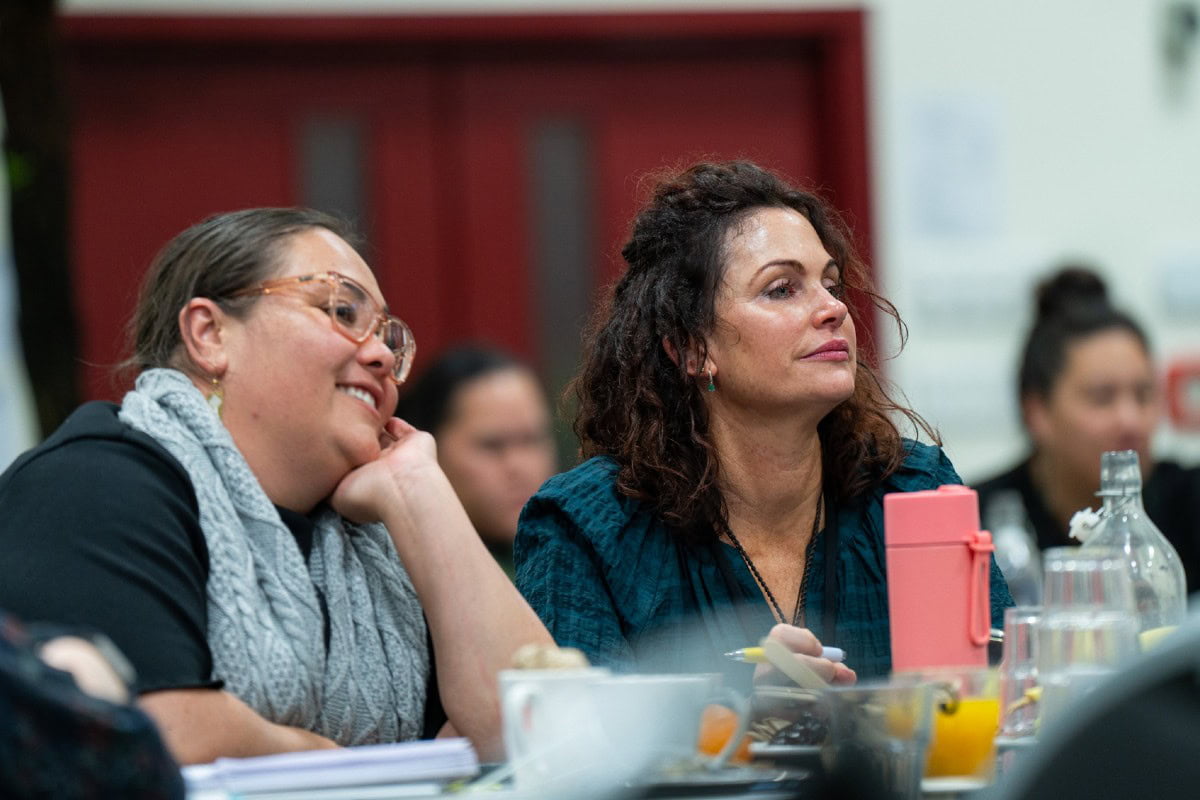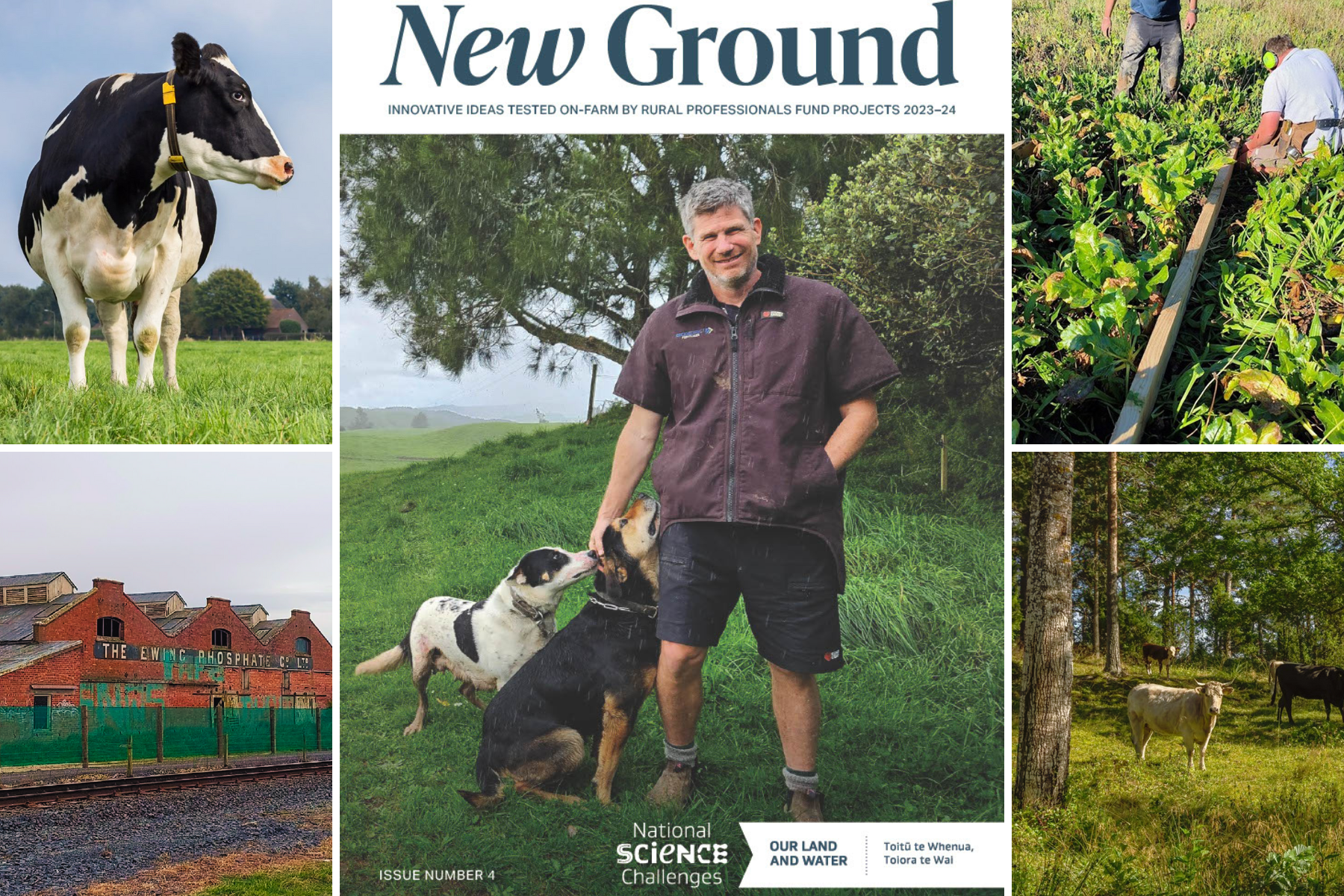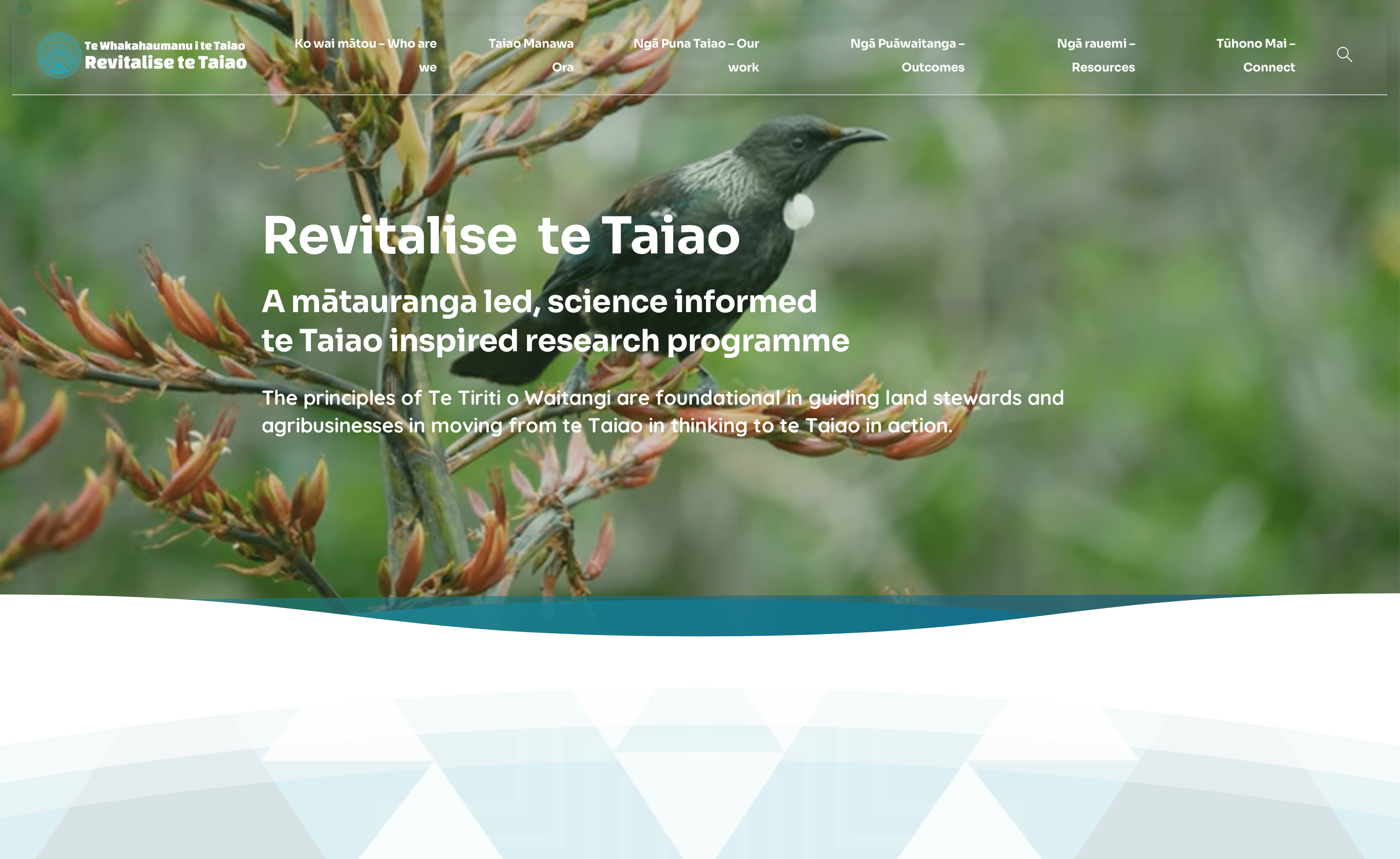Drought: Farm Profits and Community Resilience
This webinar looked at the strong relationship between more intense future drought and drops in farm profit, and how we might identify vulnerable rural communities and match them with the drought relief resources they need.
The following article summarises the second of three webinars on drought and the changing climate, part of the Growing Kai Under Increasing Dry rolling Symposium held in May 2021, a collaboration between the Deep South, Resilience to Nature's Challenges, and Our Land and Water National Science Challenges.
In Aotearoa New Zealand, resilience concepts are used to prepare for, recover from, and better understand the impacts of climate variability and extremes. Resilience includes the ability of a system to maintain its current state despite disturbances, and its ability to adapt and to transform.
Resilience is supported by identifying what enables farms, individuals and/or industries to cope – or not – with the impact of a shock.
Drawing on recent examples from both climate change adaptation and disaster risk management, webinar two presenters explored the social, economic and cultural impacts of drought in Aotearoa New Zealand. Understanding who is at risk and how communities will be affected can help with targeting assistance in rural New Zealand and elsewhere.
Nick Cradock-Henry
Dr Nick Cradock-Henry is senior scientist with Manaaki Whenua – Landcare Research, where he leads work on climate change impacts and implications, adaptation and resilience to natural hazards.
In New Zealand, agriculture accounts for around 7% of GDP, 6% of total employment and 60% of total exports, so there is no doubt of its importance to the economy.
Land-based primary industries for the most part have adapted well to local long-term conditions but continuing to operate based on historical expectations leaves farmers exposed and sensitive to climatic variability and/or changes in extremes.
Drought has significant impacts on the land and on the people who derive a living from it. Nationally, between 2007 and 2017, drought-driven climate change cost New Zealanders about $720 million in insured damages and economic losses, about six times the figure for flood damage. Drought is complex and its impacts are not evenly distributed across the landscape or human populations. Impact and severity can vary regionally according to different properties and characteristics of the communities and environments affected.
A resilient rural sector is fundamental to securing New Zealand’s well-being, economically and otherwise. Overcoming challenges to incorporate resilience into policy and practice is not straightforward, however, there has been work across the science system to consider and advance resilience-based approaches to dealing with adverse events.
Kenny Bell
Kenny Bell is an economist at Manaaki Whenua who specialises in using statistical methods to understand how weather affects society.
Internationally there has been a lot of work on quantifying the impact of weather on economic and social outcomes, and on integrating this knowledge with climate change projections to create projections of future impacts. Quantification enables answers to questions such as whether a particular adaptation action is worth the cost, that is: ‘What are the financial or other benefits of adaptation vs. taking no action?’
What can farmers learn?
Using two climate projection scenarios, RCP 8.5 (high climate change) and RCP 4.5 (moderate climate change) and looking at soil moisture levels and average temperatures, models suggest:
- Moderate reductions in dairy farm profit are likely, starting from day one.
- Severe losses in sheep/beef farm profits of up to 54% are expected by 2100.
- However, global climate action reduces losses significantly in both areas.
- Avoiding the worst climate change would pay dividends to Aotearoa farmers.
Bill Kaye-Blake
Bill Kaye-Blake, a principal economist with NZIER, advises government and commercial entities. He is the leader of the Incentives for Change research theme for the Our Land and Water Challenge. Much of his work is in the agri-food sector, including innovation and natural resource impacts.
Resilience is both the idea of bouncing back and bouncing forward. Bouncing back to an identity or status of ‘normality’, bouncing forward is about adapting to change.
Bill discussed a piece of research that aimed to determine whether community resilience could be measured. Results indicated that it can indeed be measured, and that this can in turn provide some useful information for supporting resilience in rural communities.
A Resilience Index tool was developed through the research. It measures five dimensions: social, cultural, environmental, economic and institutional/organisational resilience.
The index showed that different communities have different sources of resilience and this can inform targeted strategies for supporting those communities. For example:
- In socially resilient communities, (good access to vehicles, telecommunications, internet) use of formal organizations and communications processes as well as informal networks to connect with struggling farmers works well. Index examples: Central Hawkes’ Bay, Far North, Gore.
- In culturally resilient communities working through Māori organisations and relationships is the most effective way to reach farmers. Index examples: Kawerau, Ōpōtiki.
- In economically resourced communities, reaching out and supporting through market channels is a useful approach, for example, through ensuring markets are working well, while social networks might not be so important. Index examples: Selwyn and south Wairarapa.
- In mixed communities, that is, communities without a singular significant source of resilience, support needs to reach out through multiple channels – through markets, and social channels both formal and informal.
The Resilience Index provides a tool to see ahead of time where the problems might lie as well as a way to identify the strengths of communities that can be leveraged to respond to droughts or other events. Further research is required to understand community resilience in the environmental area.
More information:
- Growing Kai Under Increasing Dry report
- Webinar videos and summaries, and symposium panel discussion summaries can be found at ourlandandwater.weaveclient.site/kaiunderdry
Further resources (Nick Cradock-Henry):
- Cradock-Henry, N., 2021. Linking the social, economic, and agroecological: a resilience framework for dairy farming. Ecology and Society 26.
- Cradock-Henry, N et al, 2019. Social–ecological inventory in a postdisaster context: the 2016 Kaikōura earthquake, Aotearoa-New Zealand. Ecology and Society 24, 9.
- Cradock-Henry, N et al , 2018. Transformations for Resilient Rural Futures: The Case of Kaikōura, Aotearoa-New Zealand. Sustainability 10, 1952.
- Ivory, V.C., Stevenson, J.R., 2019. From contesting to conversing about resilience: kickstarting measurement in complex research environments. Nat Hazards 97, 935–947.
- Paulik, R et al, 2021. Flood Impacts on Dairy Farms in the Bay of Plenty Region, New Zealand. Climate 9, 30.
- Spector, S et al, 2019. Characterising rural resilience in Aotearoa-New Zealand: a systematic review. Reg Environ Change 19, 543–557.
Further resources (Kenny Bell):
Visit deepsouthchallenge.co.nz to find out more.
Further resources (Bill Kaye-Blake):
- Resilience indicators, Our Land and Water NSC
- NZIER Insight classifying rural communities by resilience
- Payne, P. R., W. H. Kaye-Blake, A. Kelsey, M. Brown, and M. T. Niles. 2021. Measuring rural community resilience: case studies in New Zealand and Vermont, USA. Ecology and Society 26(1):2.
- AgResearch’s Resilient Rural Communities programme
- Heartland Strong
Author
 View Our Strategy Document 2019 – 2024
View Our Strategy Document 2019 – 2024



